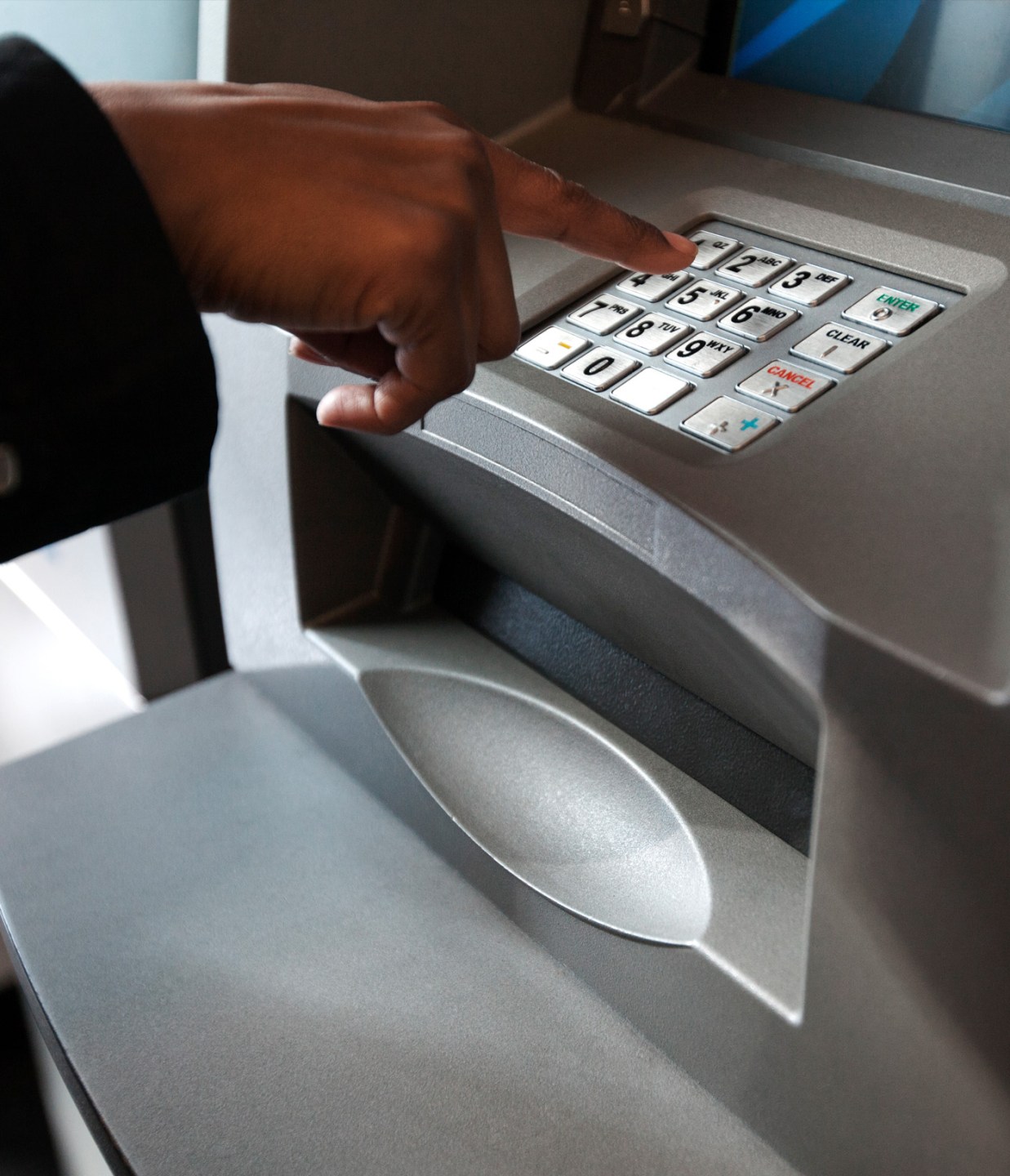How does the CRA work?
The regulators evaluate a bank’s performance in its assessment areas. Assessment areas are geographic areas defined by the bank where the bank maintains deposit-taking facilities, such as branches or ATMs. CRA evaluations focus on how well banks serve their assessment areas, particularly LMI neighborhoods within their assessment areas.
In evaluating a bank’s CRA performance, the agencies consider three main criteria: (1) the bank’s lending to LMI individuals, businesses, and geographies; (2) the bank’s investment in community development projects; and (3) the banking services (including branch locations and online banking) and community development services offered by the bank. The number of criteria vary by bank size, for example, with smaller banks evaluated just on retail lending.
Public involvement is also a key component of the CRA. Community organizations and individuals are encouraged to provide input to the agencies during the CRA evaluation process, which informs the evaluations, and allows communities to help shape their financial future.
At the conclusion of a CRA evaluation, banks receive one of four ratings: Outstanding, Satisfactory, Needs to Improve, or Substantial Noncompliance. These ratings are made public, ensuring transparency and encouraging banks to prioritize community needs. Banks’ CRA performance is considered when the agencies analyze certain bank applications, including applications for mergers, acquisitions, and branch openings.
Why is the CRA important?
The CRA plays a role in building stronger communities. For example, banks may receive CRA credit for:
- Lending to, and investing in, projects that create affordable housing in LMI areas;
- Making loans to LMI individuals and in LMI areas to support homeownership;
- Lending to small business owners who may rely on financing to grow their business, create jobs, and contribute to local economic development; and
- Providing access to branches, ATMs, and retail banking services to LMI individuals and in LMI areas.
In all, the CRA remains a vital tool to help meet the credit needs of communities across the nation.
